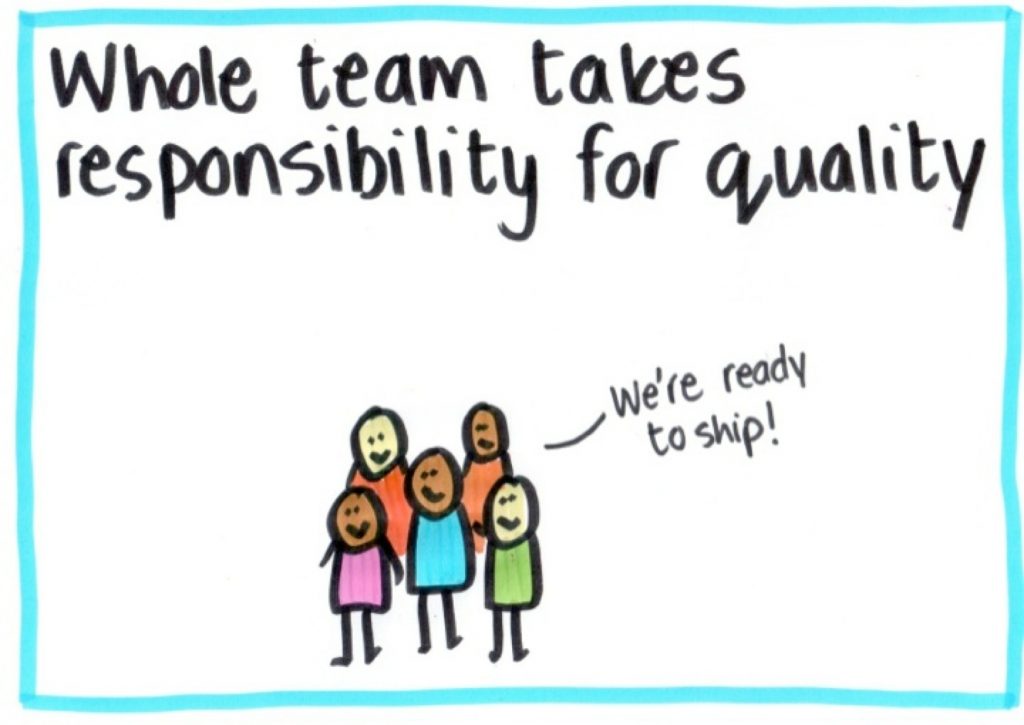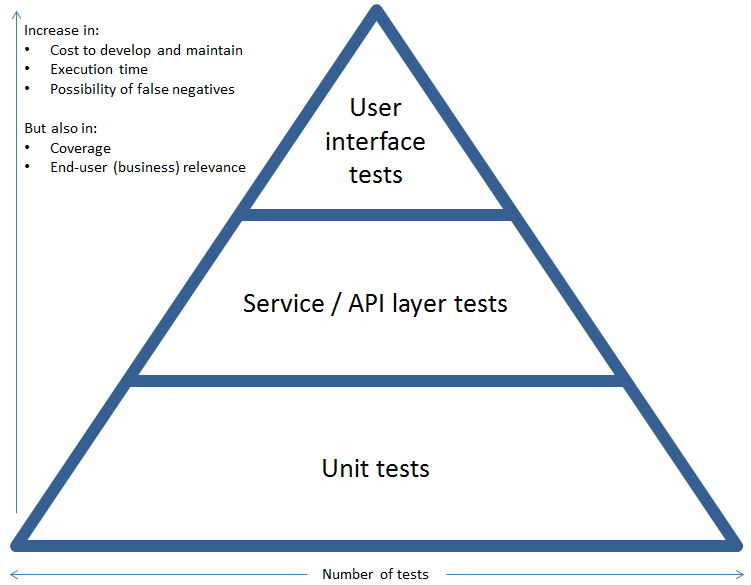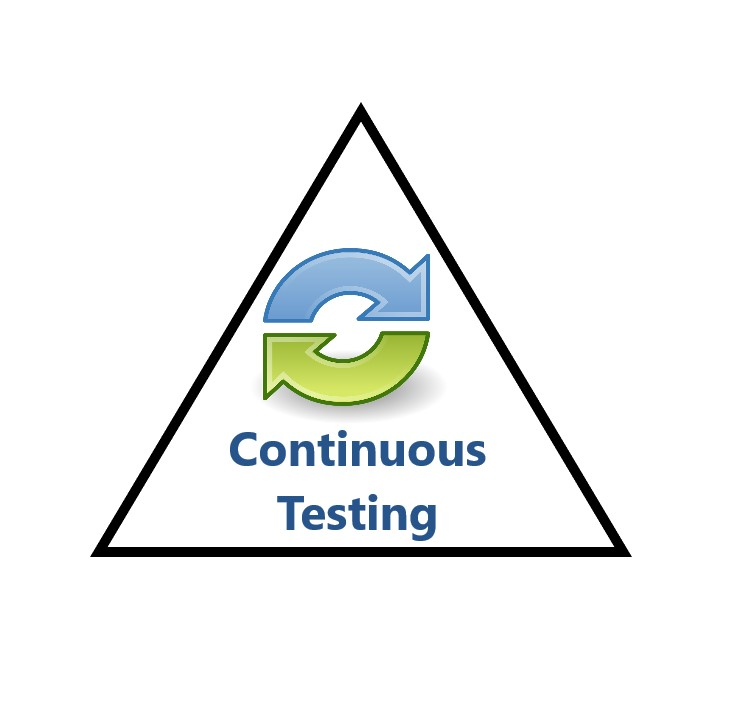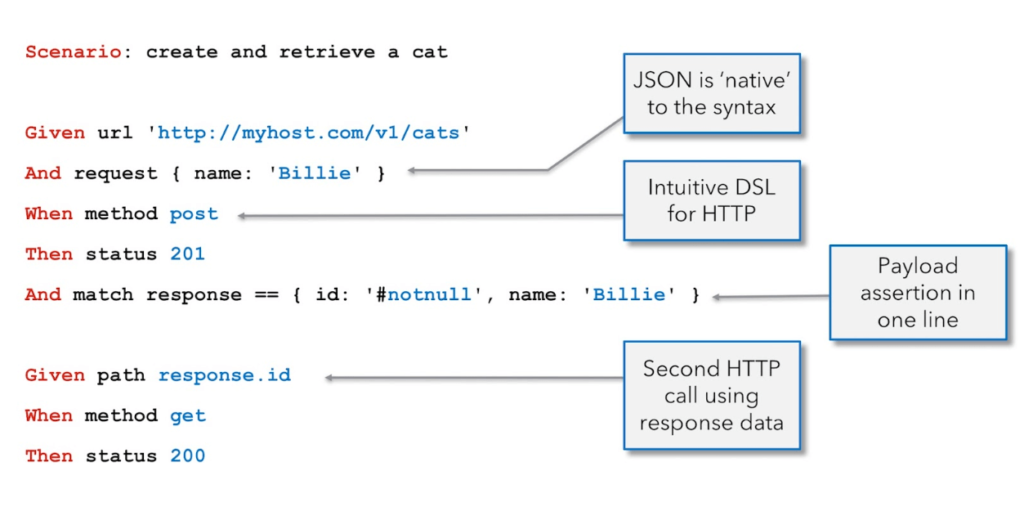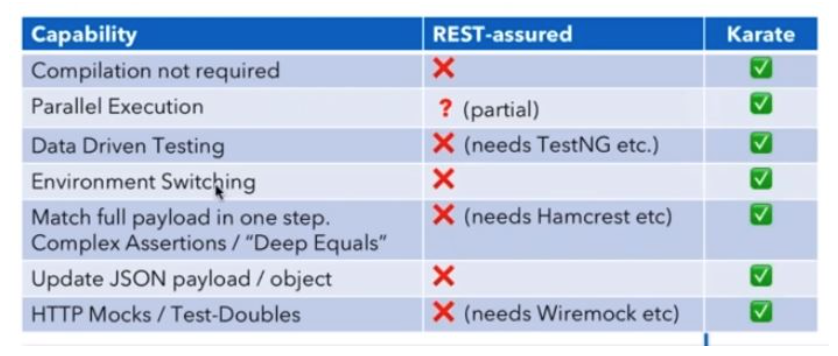Quality Assurance (QA) testing is vital in achieving any software product’s technical requirements, development, and design. Testing helps deliver high-quality applications with few errors. Moreover, QA testing enhances the software’s accuracy, efficiency, and usability. As technology evolves rapidly, users increasingly demand excellence in performance, reliability, and usability from software applications. In this ever-changing software development landscape, Quality Assurance (QA) becomes indispensable.

The Importance of QA
Enhanced Product Quality
QA helps identify and rectify defects early in the Software Development Life Cycle, ensuring that the final product meets or exceeds user expectations. QA teams contribute to the software’s overall excellence by conducting thorough testing and implementing best practices.
Cost Savings
Detecting and fixing bugs during the early testing phase is far more cost-effective than addressing them post-deployment. QA helps minimize the risk of costly rework, customer dissatisfaction, and potential legal issues, ultimately saving time and resources in the long run.
Improved Customer Satisfaction
High-quality software translates to satisfied customers. By delivering reliable, user-friendly products free of glitches and errors, businesses can build trust and loyalty among their user base, increasing customer satisfaction and retention.
Risk Mitigation
QA helps mitigate the risks associated with software development, such as security vulnerabilities, performance bottlenecks, and compatibility issues. Through comprehensive testing and risk assessment, QA teams identify potential threats and take proactive measures to address them before they escalate.
Compliance
In industries where regulatory compliance is mandatory, QA ensures that software products meet the required standards and guidelines. By adhering to industry-specific regulations, businesses can avoid legal repercussions and maintain their reputation in the market.
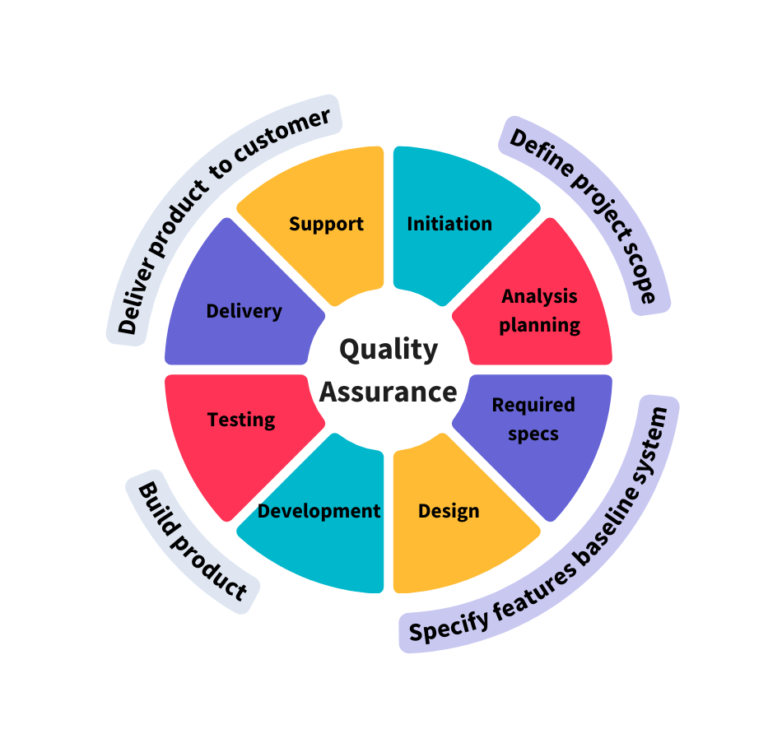
Collaboration between development and QA teams
Also, collaboration between development and Quality Assurance (QA) teams is crucial for smoothly delivering high-quality software products. This partnership enables transparent communication and efficient processes and guarantees that the end product aligns with user needs and expectations.
Early Involvement for Proactive Issue Identification
Engaging QA teams from the outset allows for the early identification of potential issues, enabling proactive resolution and preventing defects from proliferating throughout the development lifecycle.
Alignment of Efforts for Efficient Testing
By understanding project goals and priorities, QA teams can tailor their testing strategies to focus on critical features and functionalities, ensuring efficient use of resources and faster time-to-market.
Fostering a Culture of Quality
Collaboration between development and QA teams promotes empathy, trust, and teamwork, fostering a quality organizational culture.
Continuous Improvement and Innovation
The exchange of feedback and lessons learned encourages constant improvement and innovation in development and testing processes.
Conclusions
Remember, the success of your software relies on its quality and timely launch. Quality assurance staff play a crucial role here. When choosing a partner for quality assurance, trust recommendations, and expertise.
At Oktana, we have a proven track record of working with different companies. Recently, we partnered with a US Fintech and implemented an automated QA process, introduced best practices for quality assurance, and optimized time management to detect bugs promptly. As a dedicated staff augmentation team, we seamlessly integrate with our customers’ operations and have strong collaboration and alignment.
Contact us to explore our services and discover how our extensive knowledge at Oktana can assist you in launching a successful project.






